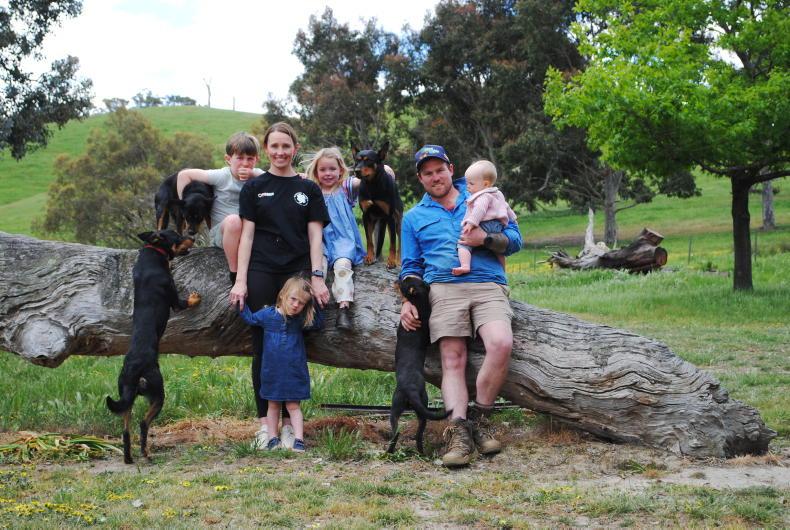Last year, 37,748 cattle and 228,458t of beef made their way from Ireland to the UK. In 1973, the number of live cattle exported across the Irish Sea stood at 430,000, with a further 131,100t of beef going the same direction.
Two years later, exports increased to 270,000t along with 695,310 head of cattle. A hat tip to Declan O’Brien of this parish for pulling those figures together in his book “The Dublin Cattle Market’s decline 1955-73”. The publication tracks major changes as the Irish beef sector evolved from trading beef by hoof to hook in the years ahead of Ireland joining the European Economic Community (EEC).
Ireland’s entry to the EEC alongside Denmark and the UK didn’t directly impact trade between us and our near neighbour, however it had consequences for its principal southern hemisphere meat suppliers.
Low quotas
Low quotas and a high tariff import regime locked Australia and New Zealand’s farmers out of a market that had been their largest outlet for almost 90 years. That trade route revolutionised the global meat trade as the refrigerated transport of meat was developed and fine-tuned.
Beginning with the arrival of SS Dunedin from the South Island of New Zealand to Britain in 1882, the meat trade from the antipodes flourished and, after building trust with their customers, the market grew rapidly. Undercutting prices compared to UK product was a method employed to get a foot in the door in the 1880s.
Given their prices are back on ours, that’s probably a card they’ll play again and maybe that was the catalyst for factories to pull prices a little recently.
How their sheep sectors, in particular, pivoted from wool to meat in order to adapt to new market demands is a fascinating story in itself.
They had to adapt again in 1973 when they lost access and it took them some time to adjust. It possibly played a part in the removal of subsidies in New Zealand 11 years later too.
The Australians targeted the US market instead with their beef and eventually recovered, but it took time.
In a sense, their absence created a void that Ireland was primed to fill. After 2023, now the shoe could be on the other foot.
Trade deals
This week, trade deals commence which will see Australian and New Zealand beef and sheep meat enter the UK under a new tariff rate quota system.
Looking at Australian beef alone, Australia will be in a position to export 35,000t initially, that is a multiple of what they were previously permitted.
The tariff-free volume will rise by roughly 8,000t per year for the next nine years. By 2032 Australia will have access for 110,000t of beef, tariff free, and by the final stage of the agreement in 2037, the quota will have reached 170,000t. That’s almost 60% of the beef Ireland exported to the UK last year.
Australia also has its Meat Standards Austraila (MSA) and has enhanced it with new categories like ‘eating quality guaranteed’. That allows beef from older animals and cows to be exported, provided it meets MSA requirements. While it could struggle early on as customers won’t be familiar with it, if it gets a foothold with British consumers it could be an ace in their pack.
After 50 years of providing in excess of 70% of the beef imported into the UK, Ireland has a large competitor looking for market share.
That should focus Irish beef farmers minds, but will it?










SHARING OPTIONS